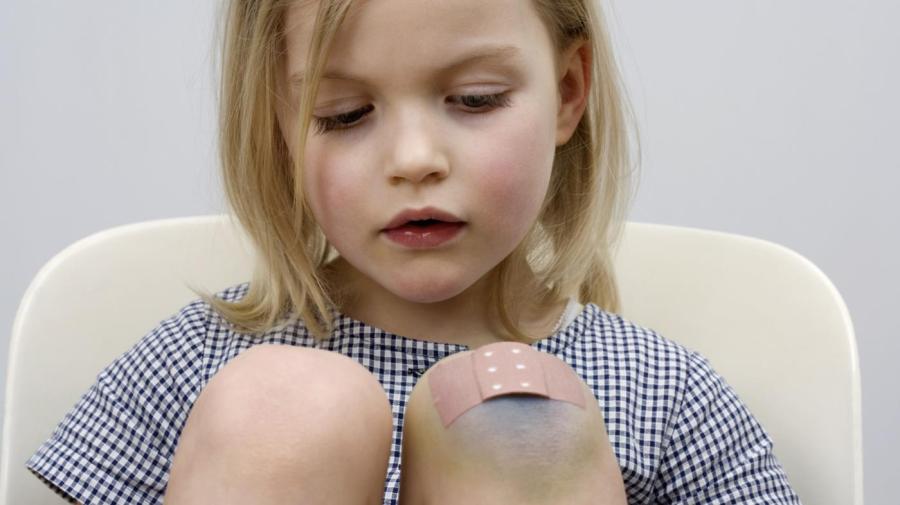How Do You Get a Bruised Vein in Your Leg?

Bruised veins in the legs result from blunt-forced trauma, coagulopathy, hemorrhages, blood infection, fractures and vein injuries. MedicineNet explains that the elderly often experience bruising in the legs after taking anticoagulants, such as Warfarin. This anticoagulant, which is commercially recognized as Coumadin, is prescribed for patients who have experienced previous clotting in the legs. Cortisone medicines also contribute to bruising, as they increase the fragility of small capillaries.
MedicineNet, Inc. explains that bruises occur when tiny blood-vessels are broken and the blood leaks into the surrounding area. Because the fragility of the vessels increases with age, bruising can appear in the legs without blunt-force trauma or injury to the veins.
Varicose veins in the legs appear when blood pools in the vein; these veins often exhibit bruising and are frequently treated with therapy. Sclerotherapy is a chemical process where sclerosant is injected into a varicose vein to irritate the vein’s lining; it closes off the vessel and causes it to collapse. After several days, the vein disappears.
According to WebMD, a new, less invasive procedure uses a catheter to administer the sclerosant chemical along with duplex ultrasound. The procedure is used on both smaller or larger veins, and it does not involve any downtime.





